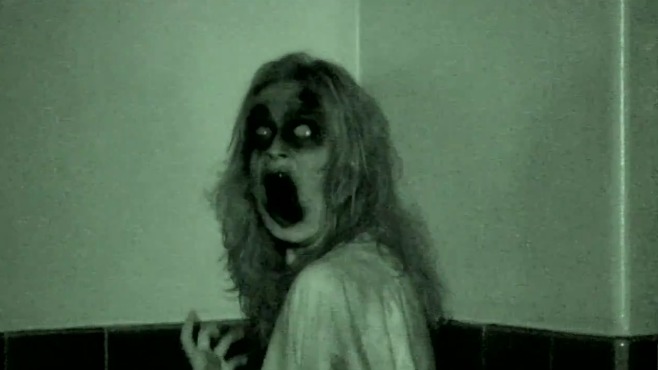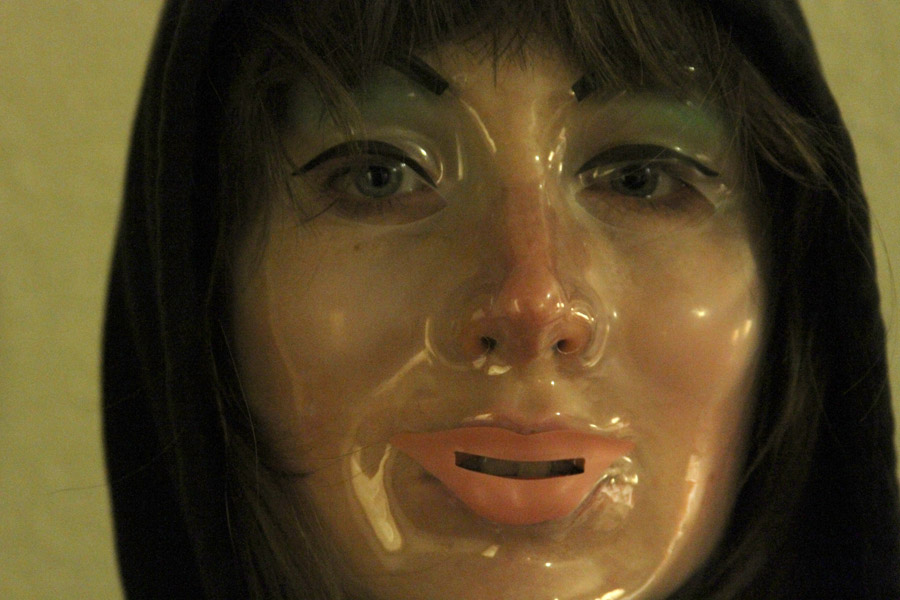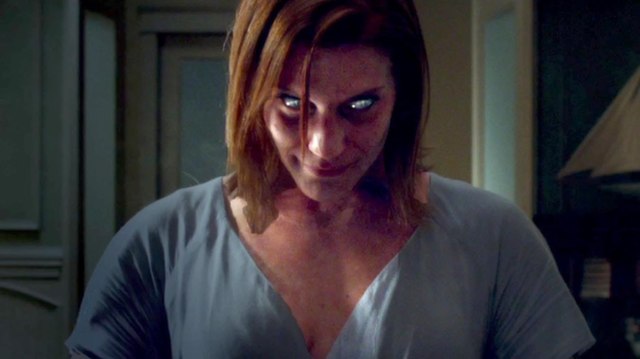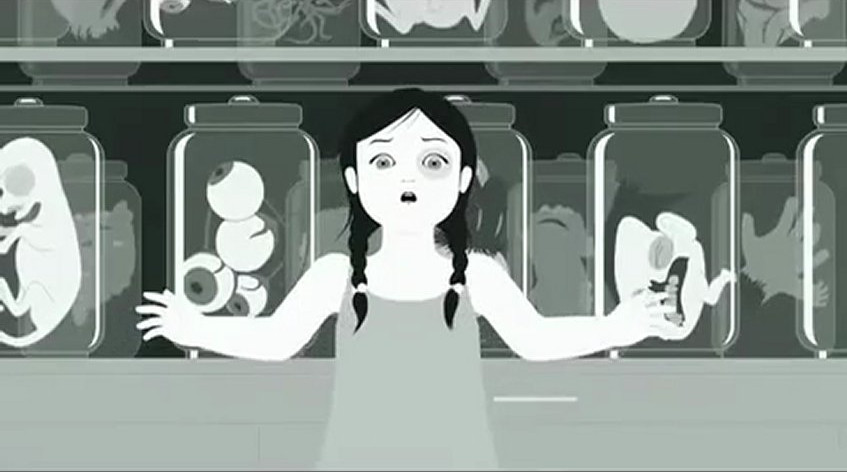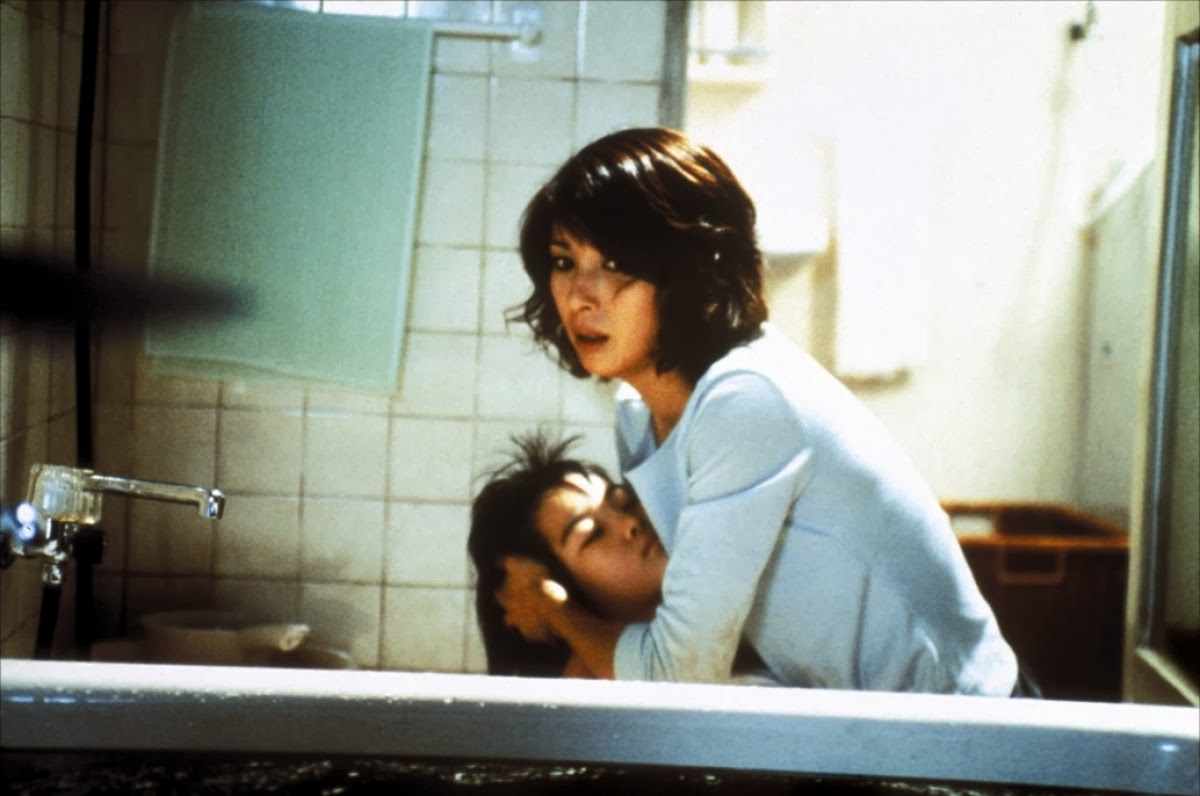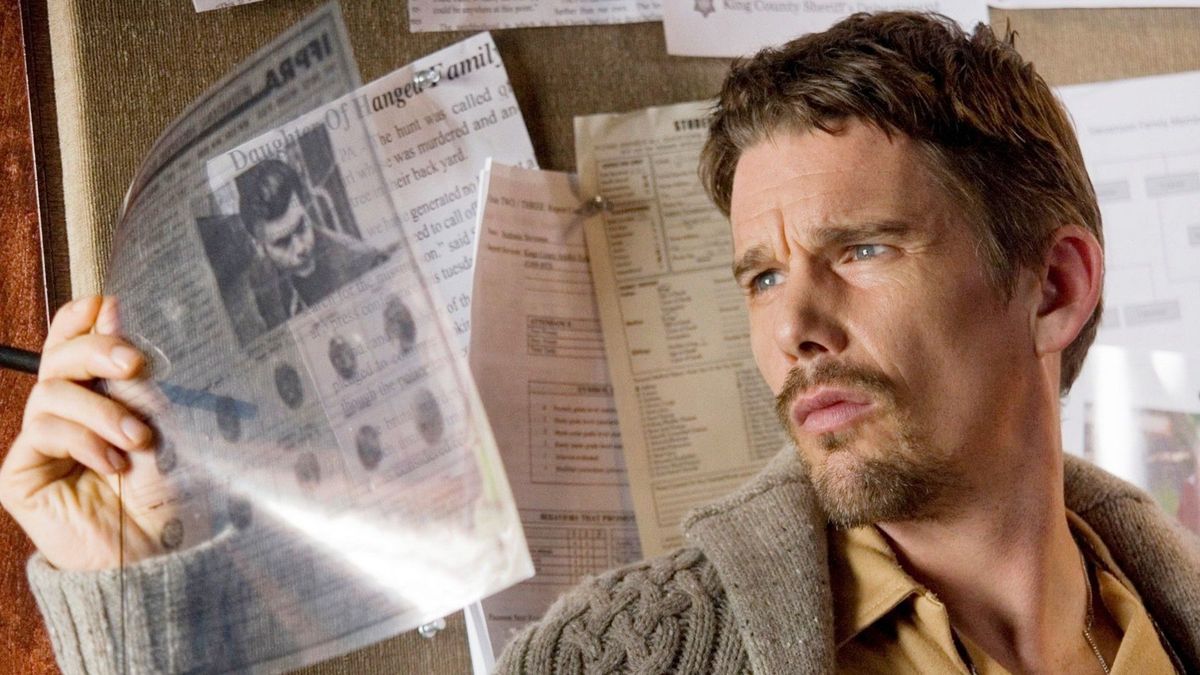
It’s a late Friday evening, you’re just settling in after a week of heavy work, and you don’t feel like going out. Why not settle in with a nice horror movie? Ponder the twisted minds that come up with the eerie, atmospheric world with the demons and the slashers and…wait, what was that sound? Oh never mind, it was probably nothing. Probably.
Good horror movies and good comedies are hard to make. Why? Because unlike their more cerebral counterparts, they appeal to a more primal part of the brain. The part that doesn’t think, just reacts. Also, because unlike the cerebral movies, horror films rely a lot on taste.
You won’t find anybody who doesn’t like The Dark Knight. Or Lion King (and if you do find them, run away from them quickly). But for every person who thinks The Shining is a wonderful movie and worthy of its 8.6 rating on IMDB, there’s that person who thinks it would’ve been better with triplets instead of twins because twins just aren’t creepy (Spoiler alert: They are).
Anyway, the point is, horror movies aren’t slaves to popular opinion the way many other genres are, and so a source like IMDB can be unreliable.
Beauty is in the eye of the beholder, and so is scary stuff. Movies like The Exorcist and The Shining are great, and they’re rightly acknowledged as classics, but what about the movies that didn’t quite appeal to everyone, but still had that something going for them? These are the horror movies that didn’t necessarily appeal to the critics, but definitely packed in a few thrills. And they were disliked by at least 30% of the people who saw them.
1. Grave Encounters (IMDB rating: 6.1)
Grave Encounters is not exactly unknown. Indeed, it sparked a really terrible sequel in 2012 that you should absolutely not watch. But the first one? Few movies do ‘found footage’ quite as well as this one, and even fewer do it with the level of self-awareness and even mockery that writers and directors The Vicious Brothers bring to Grave Encounters.
Ten minutes into the movie, you groan as they introduce the cast and the basic setup (investigating a supposedly haunted psychiatric hospital for a TV show). But when the immensely unlikeable lead actor bribes the gardener to embellish his story to make their TV show scarier, the movie turns the ‘found footage’ trope on its head.
The scares are varied, from the in-your-face ghouls, to the more subtle feelings of claustrophobia and impending doom. There is a certain attention to detail to the various scares that deserves credit, especially for a movie made on a shoestring budget of $2 million.
Instead of using fancy CGI or huge setups, this movie bases its horror largely on the unseen, which can be very effective. Grave Encounters does well to bring something fresh to the ‘found footage’ genre, and is a worthier homage to The Blair Witch Project than any of the Paranormal Activity movies.
2. V/H/S (IMDB rating: 5.8)
And while we’re on the subject of found footage horror, we have V/H/S. What’s better than a found footage horror film? Five found footage horror films, all wrapped up within another found footage horror film.
The first V/H/S movie is often criticized for its uneven camera work and sometimes amateur-ish acting, but then that’s the whole point. Ever thought modern found footage films look too…clean? V/H/S solves that problem, sometimes at the expense of viewing quality.
The stories themselves are mostly well-crafted, and the juxtaposition of the calm and slow with the bloody and violent is delightful in its inconsistency (a lot of that has to do with the fact that each segment has a different director). The twist at the end of each story is a bit of a hit-and-miss, and at least one of them is more likely to make you chuckle than cry.
One of the stories is directed by Joe Swanberg, a master of micro-budget films, and another one is directed by Ti West, a well-known name in horror and the director of The Innkeepers. For an indie movie, V/H/S certainly has a decent amount of street cred, and it shows in the creative plots and the unapologetic twists. M.Night. Shyamalan, eat your heart out.
3. Oculus (IMDB rating: 6.5)
You have a supposedly haunted mirror. You have people who want to record it in action, and they do this by installing cameras all over the place. There’s a pretty girl with a point to prove, and a brother who’s just come out of a psych ward after an extended stay.
Oculus should be a train-wreck of tropes. And yet… Directed by Mike Flanagan, who started his career by crowdfunding his first movie and is now co-writing the inevitable remake of I Know What You Did Last Summer, Oculus is refreshing in the way it relies on traditional thrills to tell a scary story, but keeps enough in the bag to surprise you.
The lead character, played by Karen Gillian of Guardians of the Galaxy and Dr. Who fame, gives a tight, understated performance, and holds the movie together. Her character, Kaylie Russell, has not forgotten the horrors of when the mirror first entered their household.
The story thus weaves between present-day, and when Kaylie and her brother Tim were 11 years old. The flashbacks are tightly woven together with the main plotline, and even in a movie of average length, the character development is admirable.
Flanagan is inspired by the works of H.P. Lovecraft, which explains his desire to not explain the mirror’s origins, and merely sets it to be a malevolent force. This movie is worth watching for the minimalism, both of setting and characters, and the way it tackles popular tropes, but comes out with a fresh story that can still surprise.
4. Peur(s) du noir (IMDB rating: 6.8)
This 2007 animated French horror anthology is the most unique entry on this list, and not just because animated horror movies are a rare breed. Shot in black and white, Peur(s) du noir, which means Fear(s) of the Dark in English, foregoes the idea of realistic horror and instead tells folk tales, each drawn and animated in a different style.
The stories are minimalistic in nature, and the overwhelming beauty of the animation, coupled with a desire to let the visuals tell the story, means that the emphasis is less on dialogue and more on what happens on the screen.
The narration that ties the story together, is the disembodied voice of a woman who expresses her fears– from the trivial to the profound. The movie makes no attempt to explain itself, and that only makes it better– because the best folk tales have no explanations.
The stories themselves have simplistic plots, focusing more on building an atmosphere than on telling a complex story. In fact, it is in the plots of the stories that the movie loses points, especially when some stories take the minimalism too far.
The fourth story, of a boy in rural France who is haunted by his friend, is the weakest of the lot, in terms of animation as well as storyline.
It is the last story, of a man trapped in an abandoned house during a blizzard, that best captures the spirit of Peur(s) du noir, in its ability to bring to life nightmares, as well as in the minimalistic treatment of the subject matter. Peur(s) du noir is the most unique film on the list, and is a successful example of experimental cinematic methods.
5. Dark Water (IMDB rating: 6.7)
Hideo Nakata’s Dark Water has lots in common with his other, more famous work – Ring. The emphasis on the mother-daughter relationship, the malevolent use of seemingly harmless things – the video tape in Ring and leaking water in this – and the sense of grief that comes from the loss of a family member, are topics that Nakata is intimately familiar with, and therefore able to expertly execute.
Single mother Yoshimi Matsubara, in the middle of a bitter legal battle with her husband to keep custody of her daughter Ikuko, moves into a decrepit apartment.
The mother-daughter relationship is deeply explored, and various scenes of Yoshimi going out of the way to manage her time between her daughter and her work only bring a sense of empathy for her when things start to go wrong. Nakata keeps the plot simple, and comes up with a story that, much like the Ring, emphasizes atmospheric chills over outright scares.
